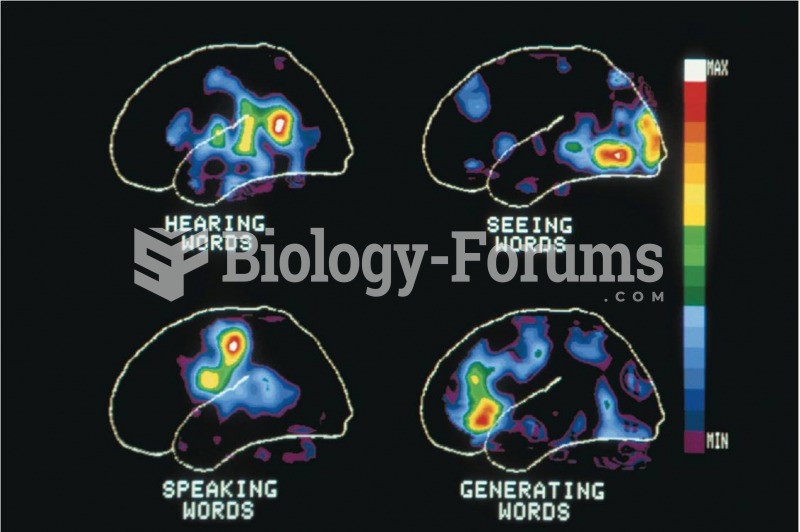Answer to Question 1
I would advise Matias to definitely keep snacks on him and to be able to recognize signs of mild hypoglycemia.
I would explain how exercise can cause hypoglycemia and that hypoglycemia can occur up to 24 hours after strenuous exercise such as biking 20 miles.
He should check his blood glucose prior to exercise to gauge how much insulin to give himself.
He should also check his blood glucose for signs of hypoglycemia after exercise.
If exercise is going to last longer than 30 minutes, a small snack is needed. Usually an additional 15 g of carbohydrates should be adequate for each hour of moderate physical activity.
For more strenuous exercise, 30 g of carbs per hour may be required. This would likely be the case for his tennis and bicycling activities.
Insulin will probably have to be reduced to potentially 1/3 to of original dosage for periods of exercise lasting a longer duration.
Adequate snacks will need to be consumed prior to exercise and insulin may not be needed to cover these snacks. Additional snacks may be needed post-exercise as well.
Suggest him to bring a kit with carbohydrate replacements (such as gels, tablets, or paste), glucometer (and testing strips), insulin/syringes, and ketone testing strips with him when playing tennis and get a pouch to carry these on his bike
Use medical ID.
Matias should inform his exercise partners about how to identify the signs and treat him for hypoglycemia.
Answer to Question 2
Date, Time
A: 32 YO Hispanic male
PMH: previous type 2 diabetes diagnosis
Family Hx: MIfather, type 2 diabetesmother, ovarian cancermother
Medications: None, discontinued use of metformin
Dx: Type 1 diabetes with DKA
Cardiac: tachycardia
Abdomen: non-distended, bowel sounds x 4 quadrants
Labs: glucose: 550 mg/dL, HbA1c: 10.2; CO2 31; osmolality 304.4; phosphate 2.1; Na 130; TG 175; cholesterol 210; LDL 137; HDL 38 . Antibodies present at diagnosis: ICA, IAA, GADA, c-peptide 0.09 consistent with T1DM/LADA.
D: Altered nutrition-related laboratory values related to lack of insulin production as evidenced by serum glucose of 550 mg/dL, HbA1C of 10.2, osmolality of 304.4 mOsm, +4 presence of urinary ketones, serum pH of 7.31, and C-peptide of 0.09 ng/mL
I: Goal: maintain optimal metabolic outcomes to prevent micro and macrovascular complications
Normalize glucose levels
Fasting: 80-110 mg/dL
Preprandial: 80-130 mg/dL
Postprandial: <180 mg> A1c: <7
Modify lifestyle habits including dietary intake and physical activity to prevent further complications
Patient will begin intensive insulin therapy with TDD 30 units, 15 units basal (glargine), and ICR 17 g:1 unit rapid-acting insulin Novolog (bolus insulin)
Provide education for carbohydrate counting using written materials, food labels, and restaurant menus.
Patient will incorporate physical activity such as walking, jogging, and other activities for 150 min./week.
Provide education to recognize and treat hypoglycemia.
M/E:
Patient will have new HbA1c measured in 3 months
Patient will adhere to SBMG by recording blood glucose levels pre and post meals.
Patient will correctly dose rapid acting insulin for carbohydrate in meals and snacks.
Patient will avoid any episodes of hypoglycemia and/or effectively manage any periods of hypoglycemia.
Signature (RD, LD)







